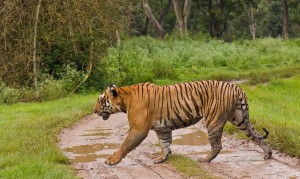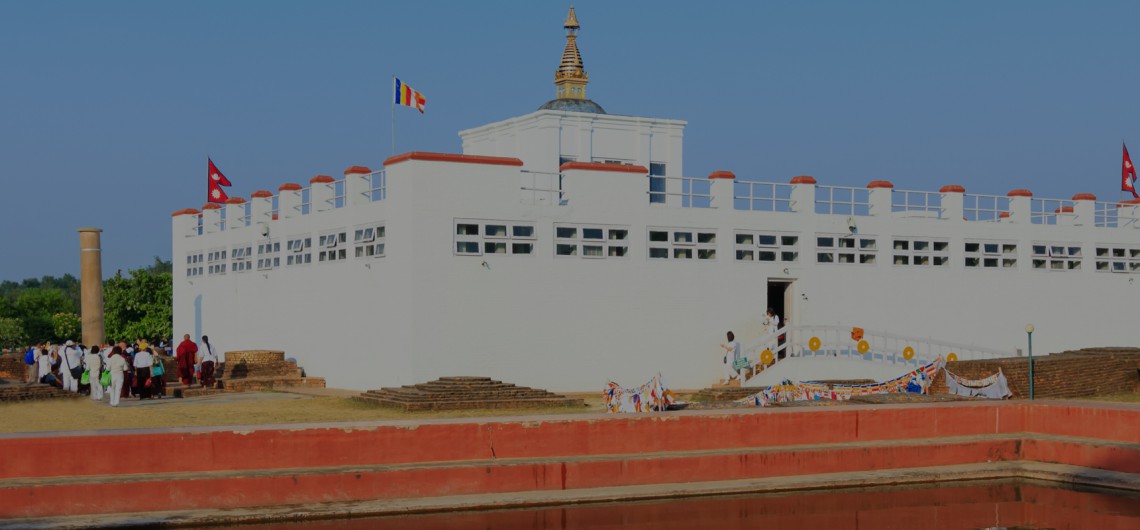Kathmandu is the capital of the Kingdom of Nepal. The city is at 1336 m above sea level. The valley covers an area of 218 square miles. It is surrounded by a tier of green mountain wall above, which tower mighty snow – capped peaks. The Kathmandu valley hosts three districts, Bhaktapur, Lalitpur (Patan) and Kathmandu, famous for their historic, artistic and cultural aspects. These three districts were part of different empires in the period of the Mallas (1200AD), great rulers of the area. The Kathmandu valley hosts seven World Heritage Sites declared by the UNESCO in Nepal. The valley is famous for the scenery, beautiful countryside, ethnic clans, monasteries and thousands of temples. The city is also called the city of temples.
Kathmandu is capital city of the country.
Kathmandu Durbar Square: It is the historic seat of royalty. The Durbar square, with its old temples and places, epitomizes the religious and cultural life of people. It is here that kings of Nepal are crowed and their coronations solemnized. Interesting things to see her are Taleju Temple built by Mahendra Mall in 1549 AD, the temple of Kal Bhairav, the god of destruction, Nautalle Durbar, Coronation Nasal Chowk, the Gaddi Baithak, the statue of King Pratap Mall, the Big Drum, the Jagannath temple and Kasthmandap. It was listed in the UNESCO World Heritage Monument list in 1979 AD.


